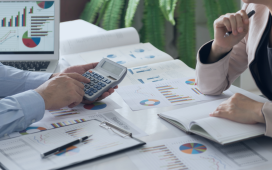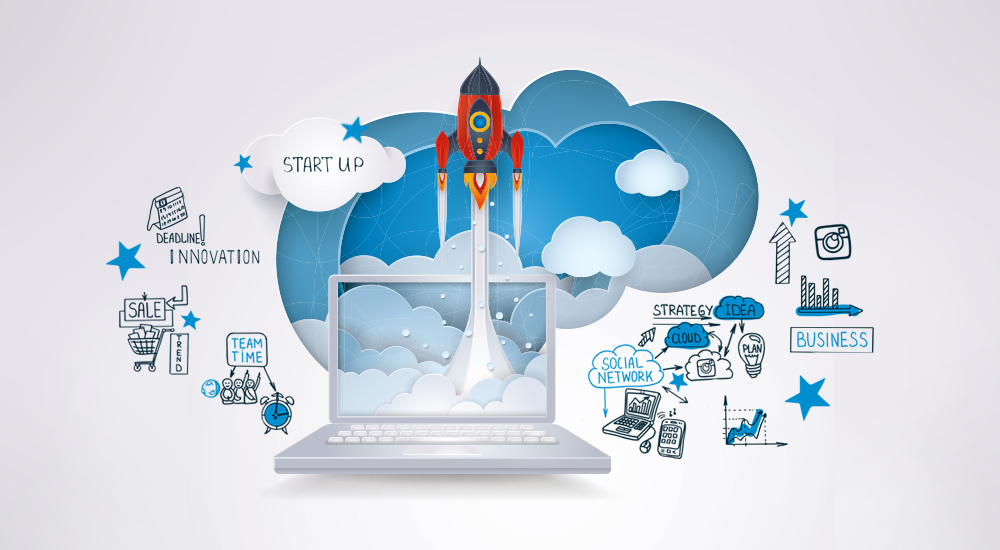Despite the fact that most people today use the term “disability” to refer to those with restricted or nonexistent abilities, it will soon be reduced to the same level as “handicapped” (in eyesight, speech, cognition, etc.). We are still not there in terms of digital accessibility, despite substantial advancements over the previous two decades. People’s attitudes toward disability are changing as more people become aware of the challenges that disabled people experience, such as the need for digital equality.
Despite the fact that most people are unaware of the idea of digital accessibility, corporate executives, government officials, and attorneys are increasingly aware of the need to support individuals who need assistive technology in making meaningful and productive use of technology.
As technology advances and becomes more widespread in our lives, the gap between people with and without disabilities is shrinking, and digital inclusion makes it easier for everyone to utilize that technology. Although we cannot claim that tailored technology has solved all of a disabled person’s problems, it has made coping with day-to-day concerns much easier. Due to advances in science and technology, all or most impairments may be eliminated one day. Time is still on our side.
Modifying Symbols
Examine how blind people communicated, traveled, and bought items in the mid-twentieth century to get an idea of how far technology has advanced in the previous 50 years.
Formerly, Braille materials, typewriters, and landlines were uncommon. We communicated through landlines, typed our work on large typewriters to create readable text, and had limited access to books, journals, and newspapers via mail-order blind libraries. Because there were no Braille signs on the buildings, we couldn’t read the soup cans or prescription bottles. Even though they couldn’t see what was going on, they could hear what was going on.
Alternate Transportation Modes
If you lived in a city with public transit, cabs were prohibitively costly. A guarantee of rail or airline travel was required. We needed navigational equipment or technology to help us figure out where we were. Navigating significant interior spaces takes time, necessitating the use of professional orientation services or government aid.
Purchasing From Real Shops
Even if you had a job and the means to travel, you required the help of a company or store owner to obtain products or services. This assistance was only given in exceptional instances. Despite the tension, some people can go shopping on their own. Shopping, on the other hand, frequently takes longer for persons with impairments, and some may choose to avoid these situations completely.
Fortunately, technology has improved significantly in the previous 50 years! The following examples demonstrate how good, accessible technology and a few new concepts have aided us in a variety of ways 50 years later, expanding our freedom and propelling us up the equality ladder.
Communication-Improving Technology
Thanks to Zoom, we may now connect on a variety of devices, including mobile phones and computer workstations. We create reports utilizing word processors, emails, and text messages from any location with Wi-Fi or a mobile signal. Furthermore, we may now read practically any magazine, newspaper, or book that piques our interest. Prescription bottles and grocery store products in cans, cartons, and packages are available in a variety of sizes.
Assistive technology improvements such as screen readers, magnifiers, automatic captioning systems, and instant access to digital information make this feasible. Because of the emergence of descriptive video services, we can now view any television show (DVS). Most buildings are required by the Americans with Disabilities Act (ADA) to provide Braille markings on room signage and elevator controls.
Businesses may benefit from being more accessible online, thanks to software companies like QualityLogic. Its experienced staff might help develop ways and designs that allow the blind, deaf, and intellectually handicapped to access goods and information. Access is a human right for them, and no one deserves to struggle.
Creating Travel Planning Is Easy
Several sections of the world today have secure rail and plane travel, and ridesharing via mobile devices makes travel easier. GPS has increased our freedom while also making driving and walking more convenient. We could employ augmented reality technology from applications like AIRA and Be My Eyes to stream real-time help from a sighted person to our iPhones, allowing us to navigate unfamiliar situations like massive skyscrapers easily.
Internet Shopping Is Becoming Increasingly Popular
In the last five years, the ability to have practically anything delivered right to your home has made it far easier to obtain the products you wish. We may now purchase items and services that we would never have seen if we had purchased them in a physical store and had them delivered to us. Also, the COVID-19 pandemic will impact the food supply significantly.
Whatever improvement is made, the situation has the potential to improve. Substantial work is needed to increase accessibility and make it the norm (expectation). Since they lack crucial accessibility components, PDFs and online forms may be inaccessible to individuals with impairments. We’d be more willing to travel if we had more alternatives for where to go. Several e-commerce companies still demand customer service while making a purchase. But life was substantially worse only twenty years ago.
Accessibility Has Increased
We’ve gone a long way in terms of being able to perform everyday jobs that most people take for granted, thanks to all of these technological breakthroughs. Although technology has facilitated great advancement, humans have also worked tirelessly to make the bulk of people’s lives simpler. “One person’s comfort is another person’s access,” I just heard. Individuals who are unable to drive or traverse a supermarket owing to vision impairment must rely on supermarket delivery.
As technology progresses, the gap between individuals with and without impairments will continue to narrow. Wearable technology will be able to aid us in seeing, hearing, and comprehending what is going on around us thanks to 5G networks and quick AI (Artificial Intelligence) and ML (Machine Learning) systems.
Websites, video, mobile apps, and key office files are all becoming more freely available, but study into other digital assets is only beginning. Technology influences every part of our life. This encompasses everything from our home’s temperature controls to the touch screens on our appliances and workout equipment. We must have total access to all sorts of digital information in order to realize our aim of full access and inclusion.
While technological progress has improved many parts of our lives, real digital equality is still a long way off. Whatever your viewpoint, digital access is unending. Accept it and continue to develop it by bringing it to the attention of the public. This entails educating and cooperating with them so that they are no longer considered as an uncommon skill set that people shun but rather as the standard for exceptional digital solutions that make our lives easier and more fun.
Click here for more information on QualityLogic’s simple digital accessibility starter kit for your business. They will walk you through the transition to the new accessibility age. Your consumer base will increase as a result of their services.









